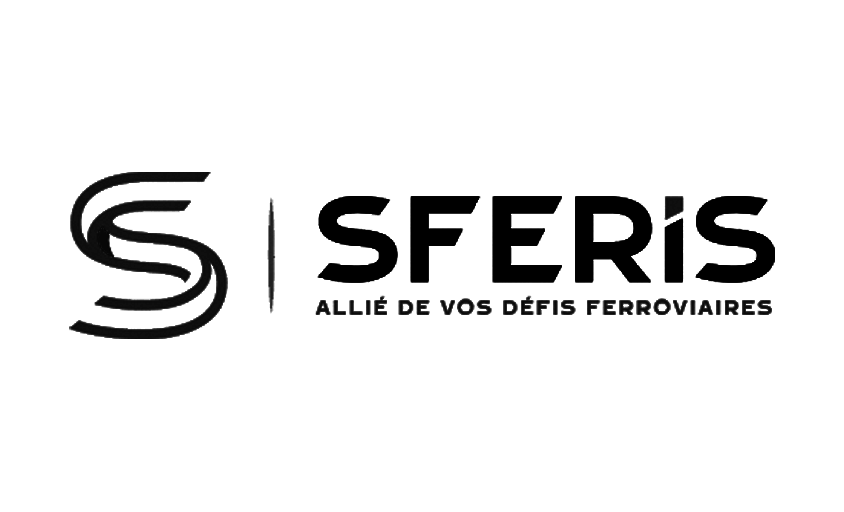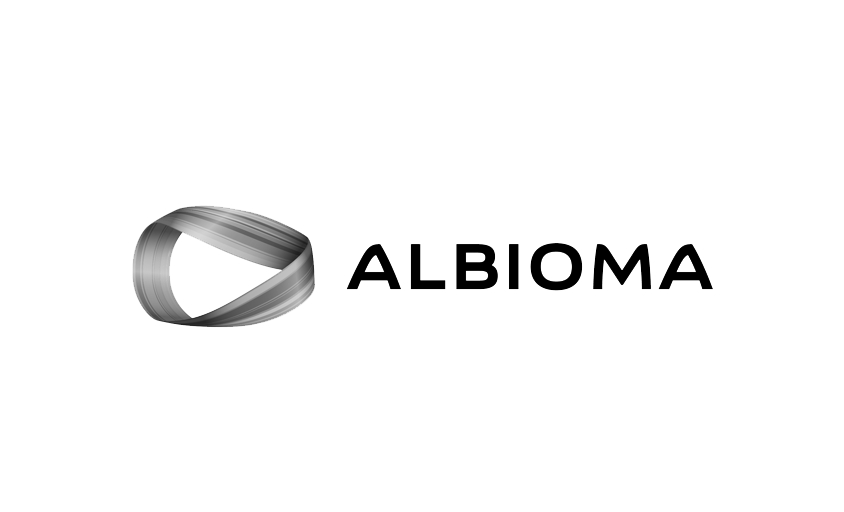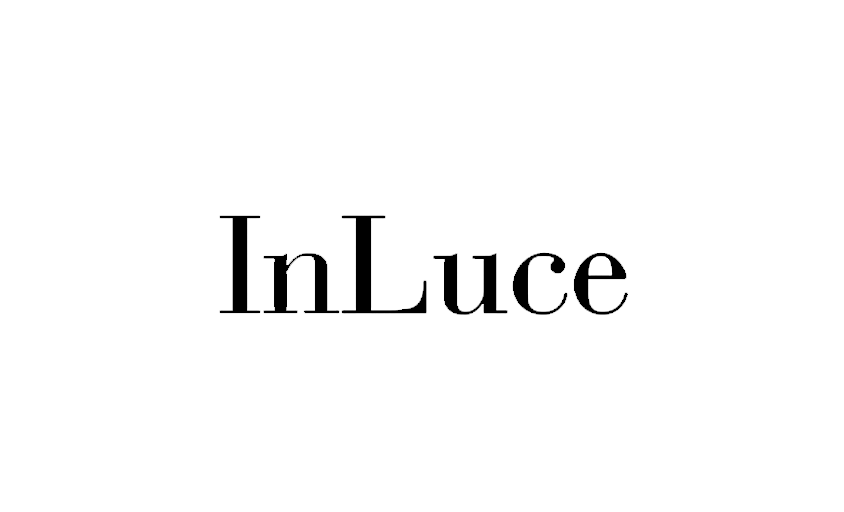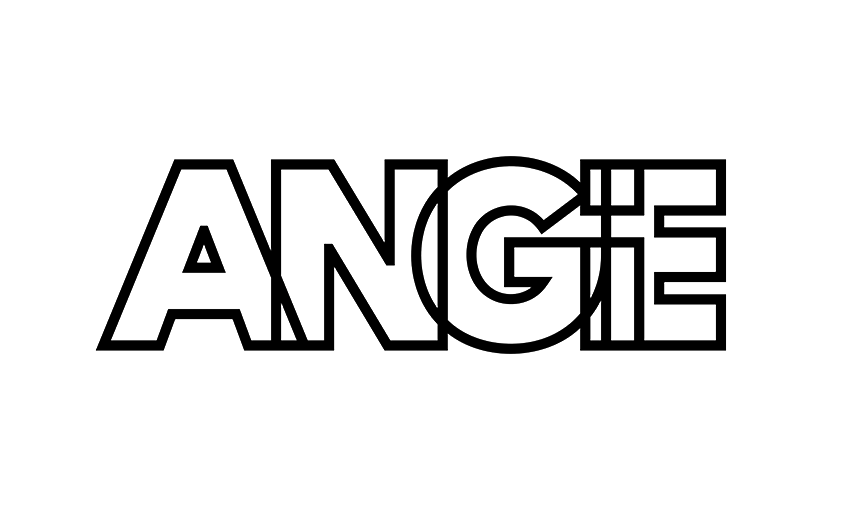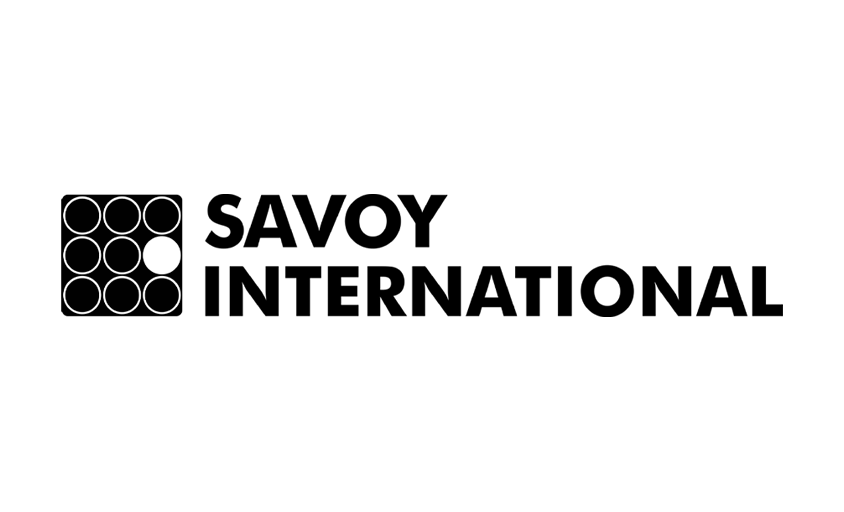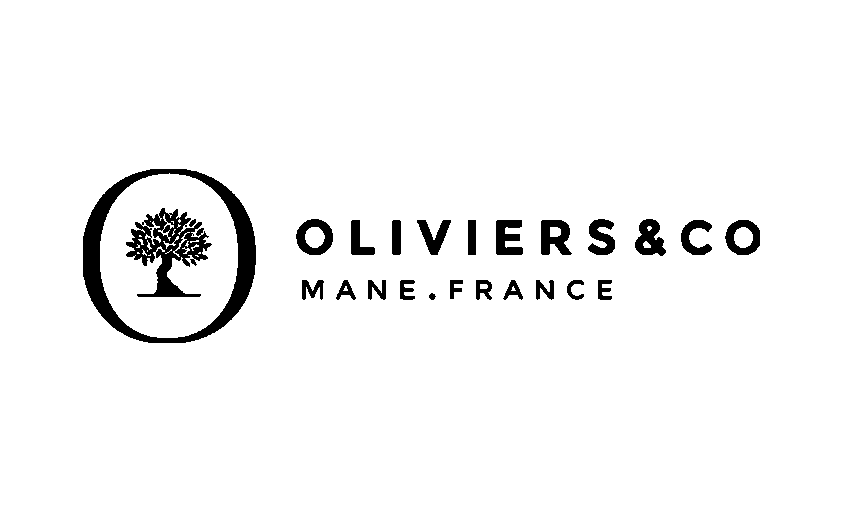Art Photography
In this article :
Photography of artworks is a specialized field, where technical precision and creativity meet. Whether you are an artist wishing to capture and share your work, or a professional responsible for artistic documentation for a museum, understanding the subtleties of this practice is essential to produce faithful and high-quality images of these unique objects.
Why Photograph Artworks?
Photographing artworks plays several key roles:
- Documenting works for their preservation and dissemination.
- Promoting works for artists through websites, catalogues, and exhibitions.
- Contributing to the archiving of works in museum collections or historical archives.
It is a way to preserve history while making art accessible to a wide audience. However, this activity requires advanced technical knowledge, as photographing artworks often involves unique challenges, such as managing light or protecting the works themselves.
Technical Aspects of Artwork Photography
1) Choosing the Right Equipment
Although a professional camera is recommended, artwork photography can sometimes be done with high-end smartphones. However, for superior-quality prints or detailed reproductions, a DSLR or mirrorless camera is preferable. These cameras allow full control over settings such as aperture, shutter speed, and ISO.
2) Lighting: A Crucial Step
Lighting is one of the most important factors in photographing artworks. Poorly placed or overly powerful light sources can cause glare, unwanted shadows, or color distortion. It is essential to use soft, even lighting, preferably indirect.
For paintings, two light sources placed at 45 degrees on each side of the piece provide balanced lighting. If working with sculptures, lighting should be adjusted to highlight the texture without altering the details of the work.
3) Focus and Angle
Focus must be perfect to capture all the fine details of the artwork. The shooting angle should also be carefully chosen to avoid distortions, especially for relief works such as sculptures.
Make sure your camera is aligned parallel to the center of the work. Use a tripod to avoid motion blur, and don’t forget to check focus before taking the photo.
Tips for Photographing Artworks
1) Prepare the Context and Background
It is essential to choose a neutral background to showcase the artwork. A white or light grey wall is ideal for paintings, while for sculptures, a simple background helps focus attention on the object itself.
2) Take Texture Details into Account
Some artworks, such as relief paintings or sculptures, have subtle textures that can be lost if the lighting is not suitable. If you wish to capture textures, choose stronger lighting from one side to create soft shadows that will highlight the structure.
3) Adjust Camera Settings
Here are some key settings for good results:
- White balance: It is crucial to set the white balance correctly to ensure the artwork’s colors are faithfully reproduced.
- ISO: Choose a low ISO value to avoid digital noise and obtain sharp images. Use ISO 100–400 if you have sufficient lighting.
- F-stop (aperture): Use a high f-stop (f/8, f/11) for a large depth of field, ensuring the entire work is sharp.
- Check and Edit Photos
Once the photos are taken, connect your camera to a screen to check image quality. This will allow you to ensure the image is sharp, well exposed, undistorted, and optimally lit. In post-production, you can adjust brightness, shadows, color balance, and shooting angle if necessary, but take care not to distort the original work.
Legal and Ethical Considerations
- Respect for Copyright
Photographing artworks is subject to strict legal regulations, mainly due to copyright. It is essential to know the copyright status of a work before photographing it. In Europe, works are protected until 70 years after the author’s death, after which they enter the public domain. However, moral rights, such as the right to respect the work and attribution to the author, remain perpetual.
- Restrictions in Museums and Exhibitions
Many museums and galleries limit the photography of certain artworks to protect copyright or preserve the condition of the work. Some museums prohibit the use of flash, while others have strict policies on photo distribution. It is essential to obtain the necessary permissions before photographing in these places.
Conclusion
Artwork photography is a fascinating yet demanding field, requiring both technical skills, attention to detail, and respect for copyright. Whether you are an artist, a professional photographer, or an amateur, understanding best practices in art photography will allow you to capture and share valuable images while ensuring the preservation of the original works.
Looking to showcase your artworks with high-quality photography? At Rétines, we specialize in professional artwork photography, respecting the technical and aesthetic requirements of each project. Contact us to enhance your creations with exceptional images.
Jérémy Carlo is the editorial director at Rétines, where he ensures the consistency and clarity of all content produced by the studio.
Our Clients
Let’s discuss
What we do for you at Rétines
Meticulous work, an organised project and fast delivery. And to achieve this, we mobilise the right resources in our teams at the right time.
01
Pre-production
Artistic and technical direction tailored to the project.
Relevant recommendations on content, form and resources.
02
Photo Shooting
Photos taken by our experienced photographers.
Production that’s controlled, efficient and tailored to the needs of the project, with nothing superfluous.
03
Retouching
Technique
Photographs magnified by our retouching team.
Post-production to meet the commercial challenges of the brief.



